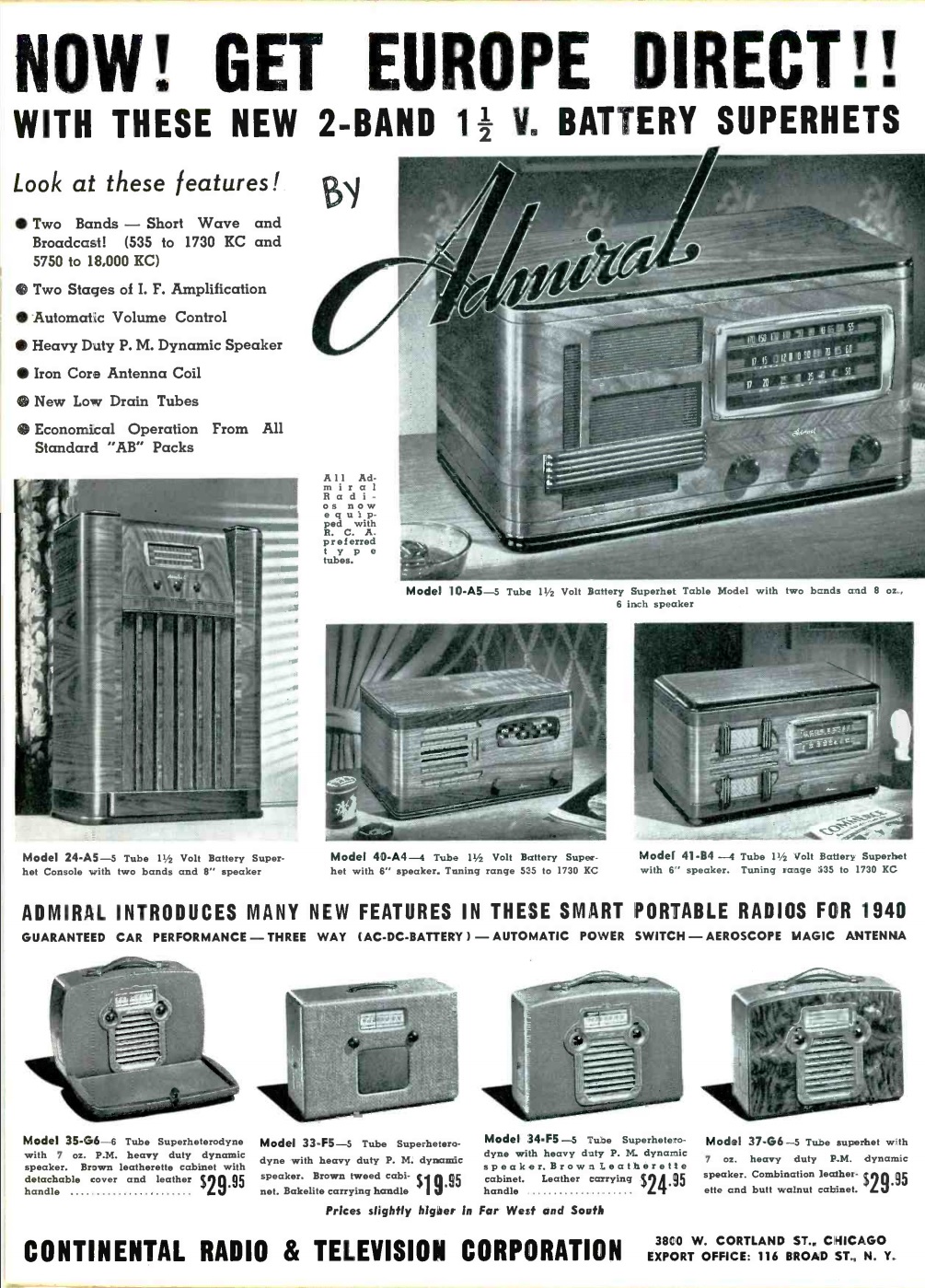 Eighty years ago, this ad showing some of the Admiral line of radios appeared in the April 1940 issue of Radio Retailing. Even rural Americans without household electricity would be able to pull in Europe direct with these battery shortwave sets. The sets all featured 1.5 volt filament tubes, and the combination A-B battery packs were readily available.
Eighty years ago, this ad showing some of the Admiral line of radios appeared in the April 1940 issue of Radio Retailing. Even rural Americans without household electricity would be able to pull in Europe direct with these battery shortwave sets. The sets all featured 1.5 volt filament tubes, and the combination A-B battery packs were readily available.
The model 10-A5 was a table set that tuned the standard broadcast band (including police calls, since it went as high as 1730 kHz) and 5.75-18 MHz shortwave to hear the war news directly from the capitals of Europe. The model 24-A5 was a comprable console model.
For broadcast only, the model 40-A4 and 41-B4 table sets were shown. The ad also featured four portable sets that could operate from AC, DC, or internal battery. The ad promised guaranteed car performance.

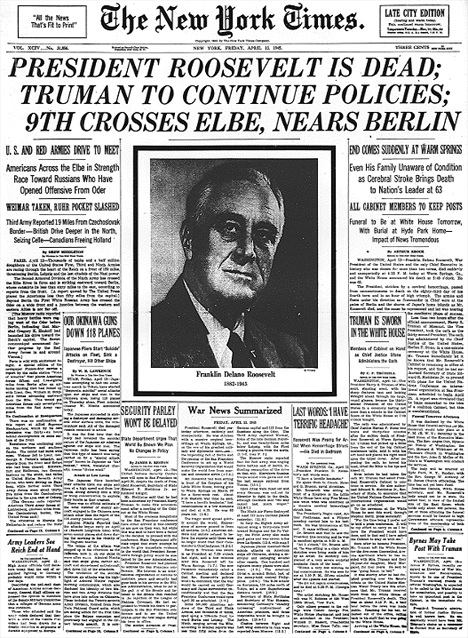
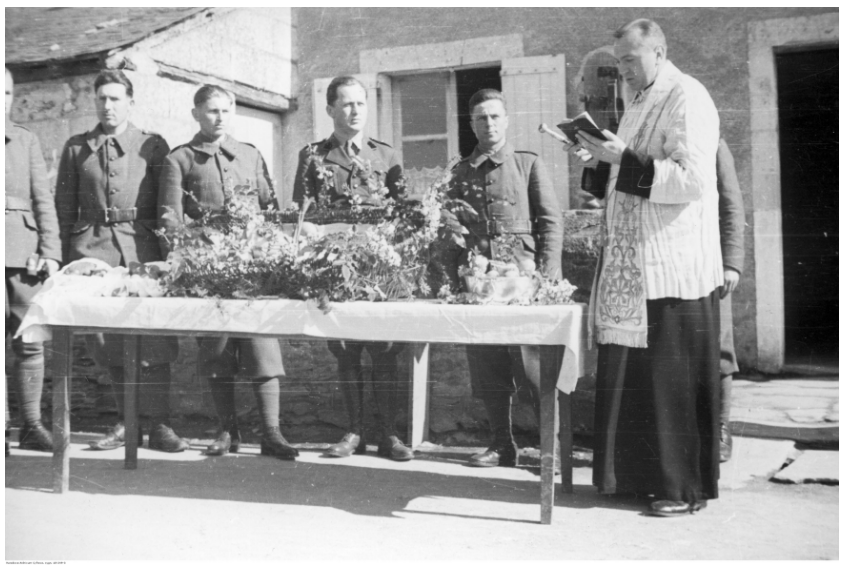
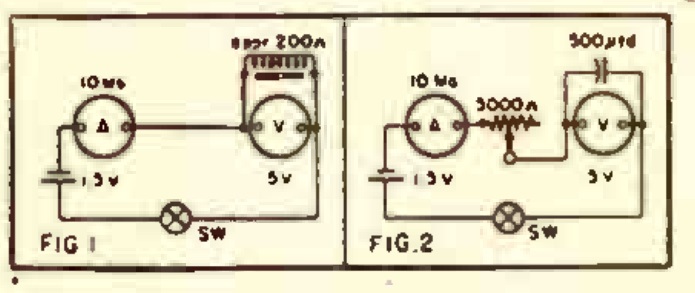
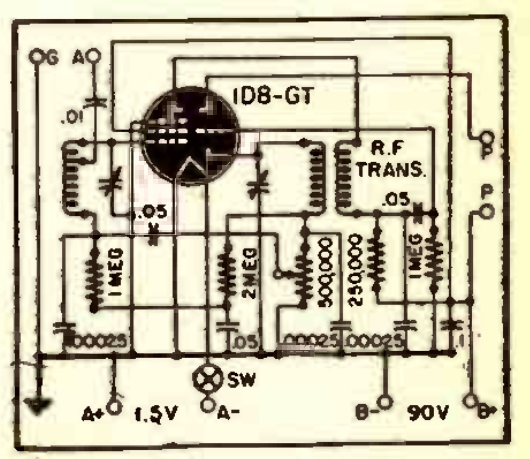
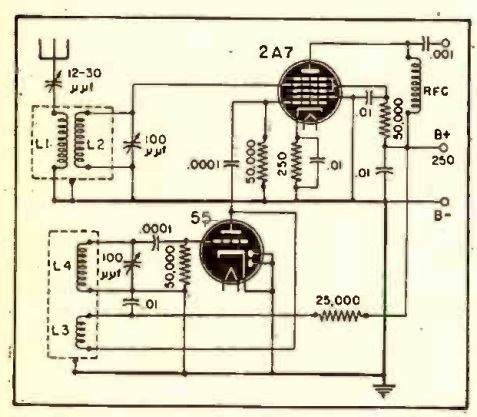
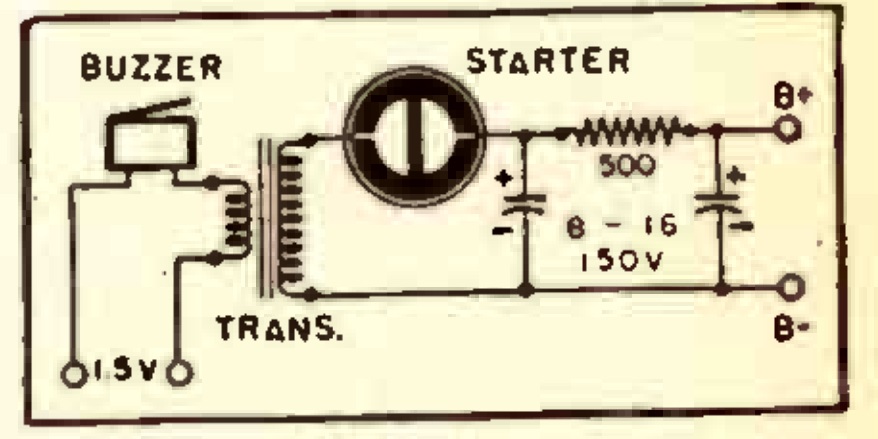
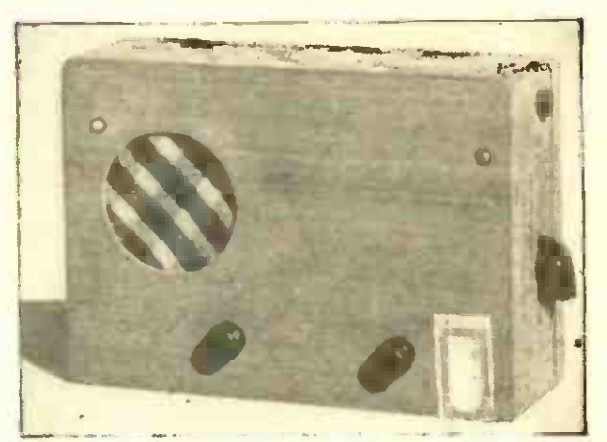
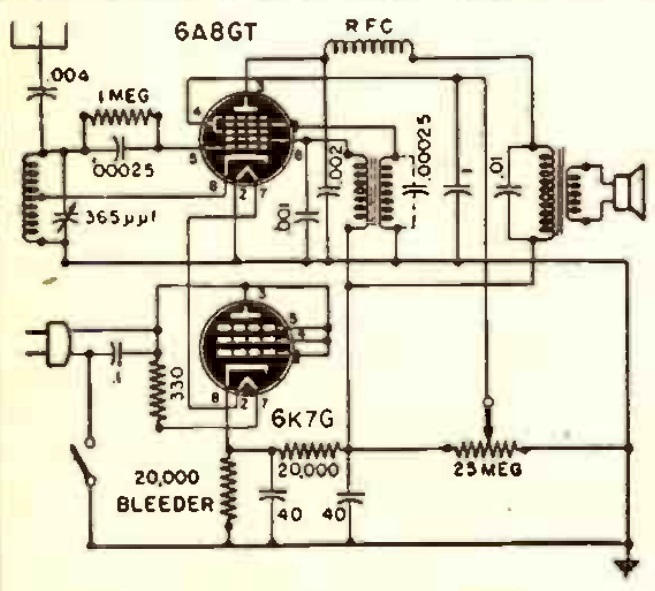
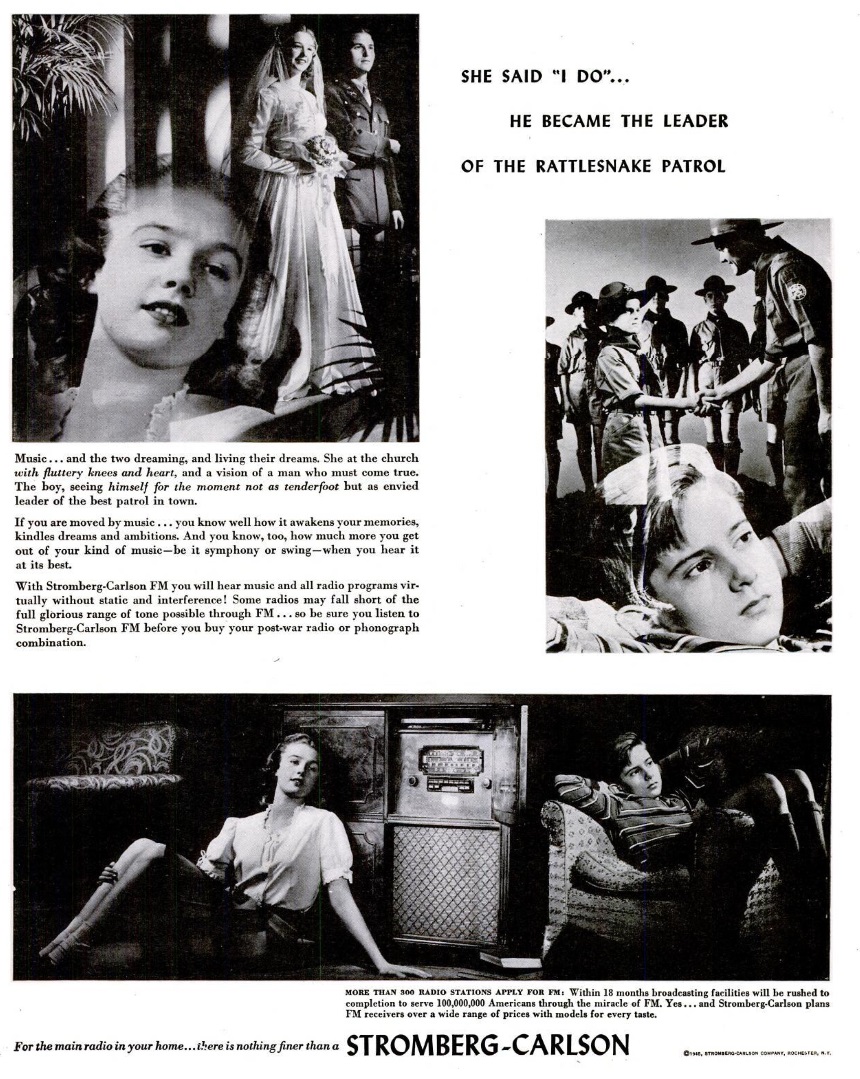
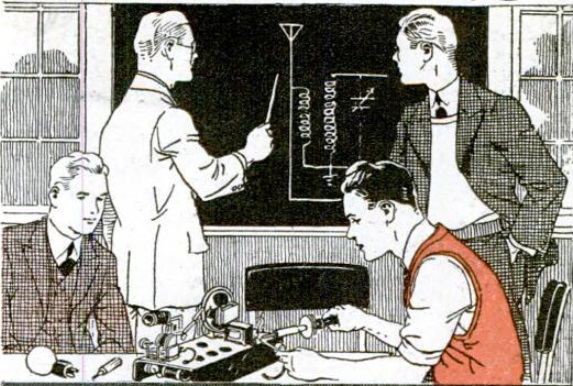
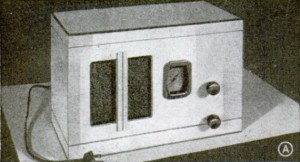

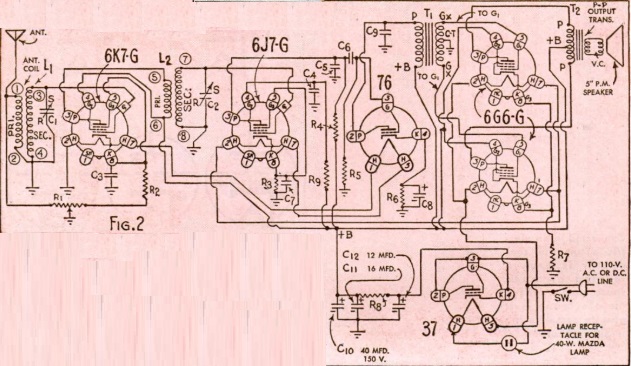
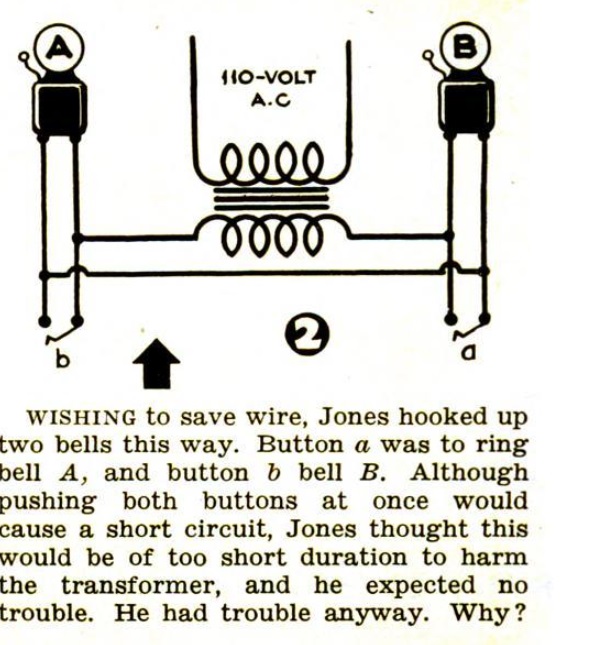 Y
Y